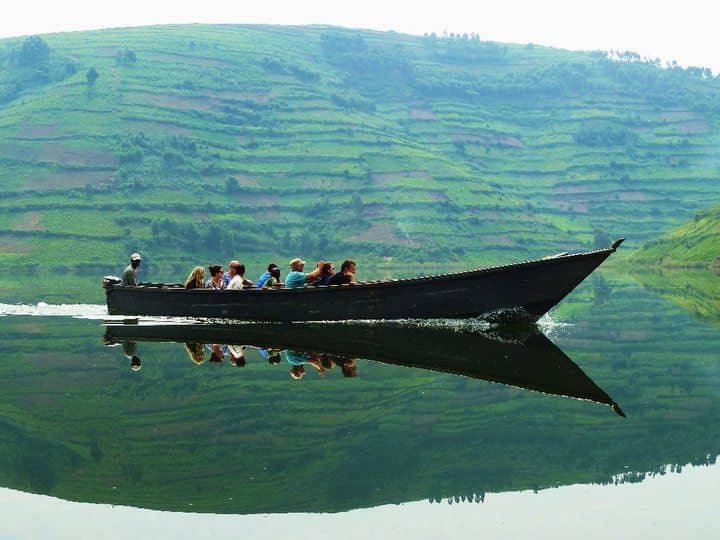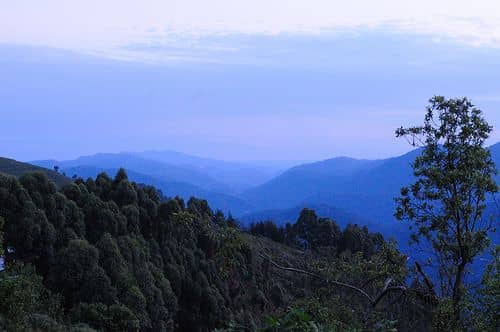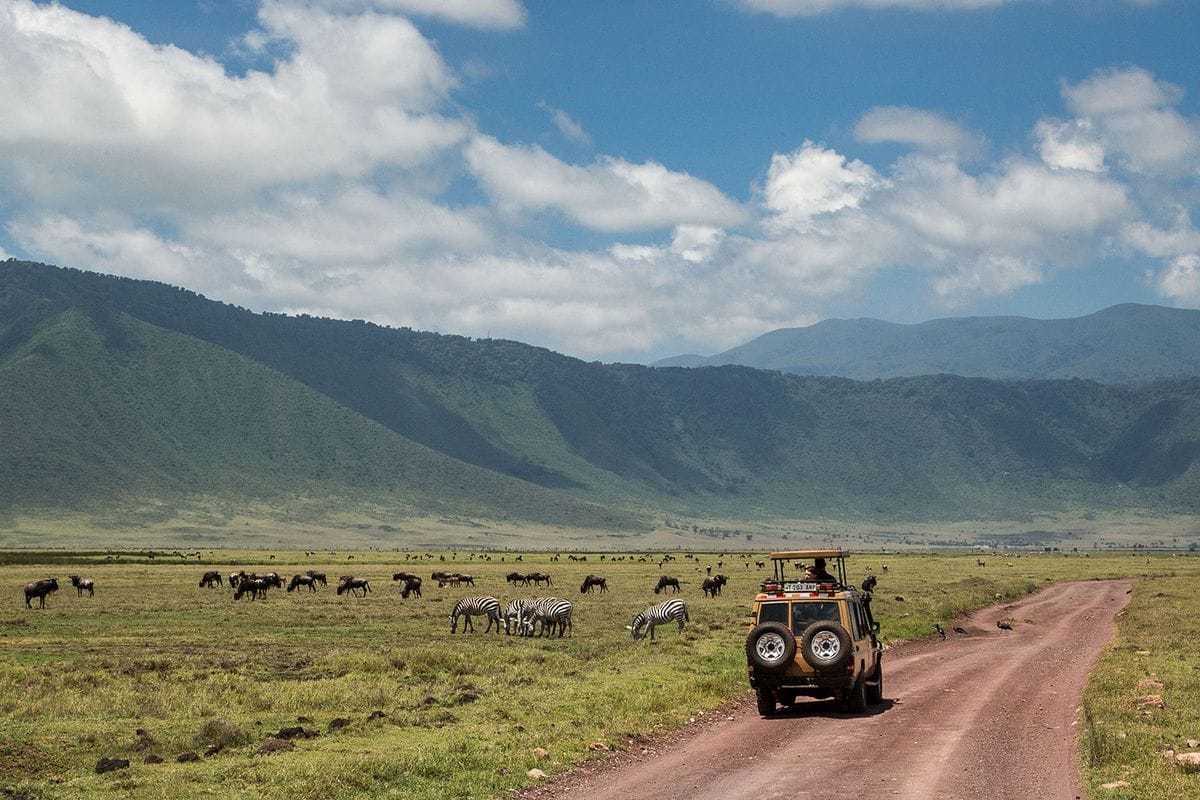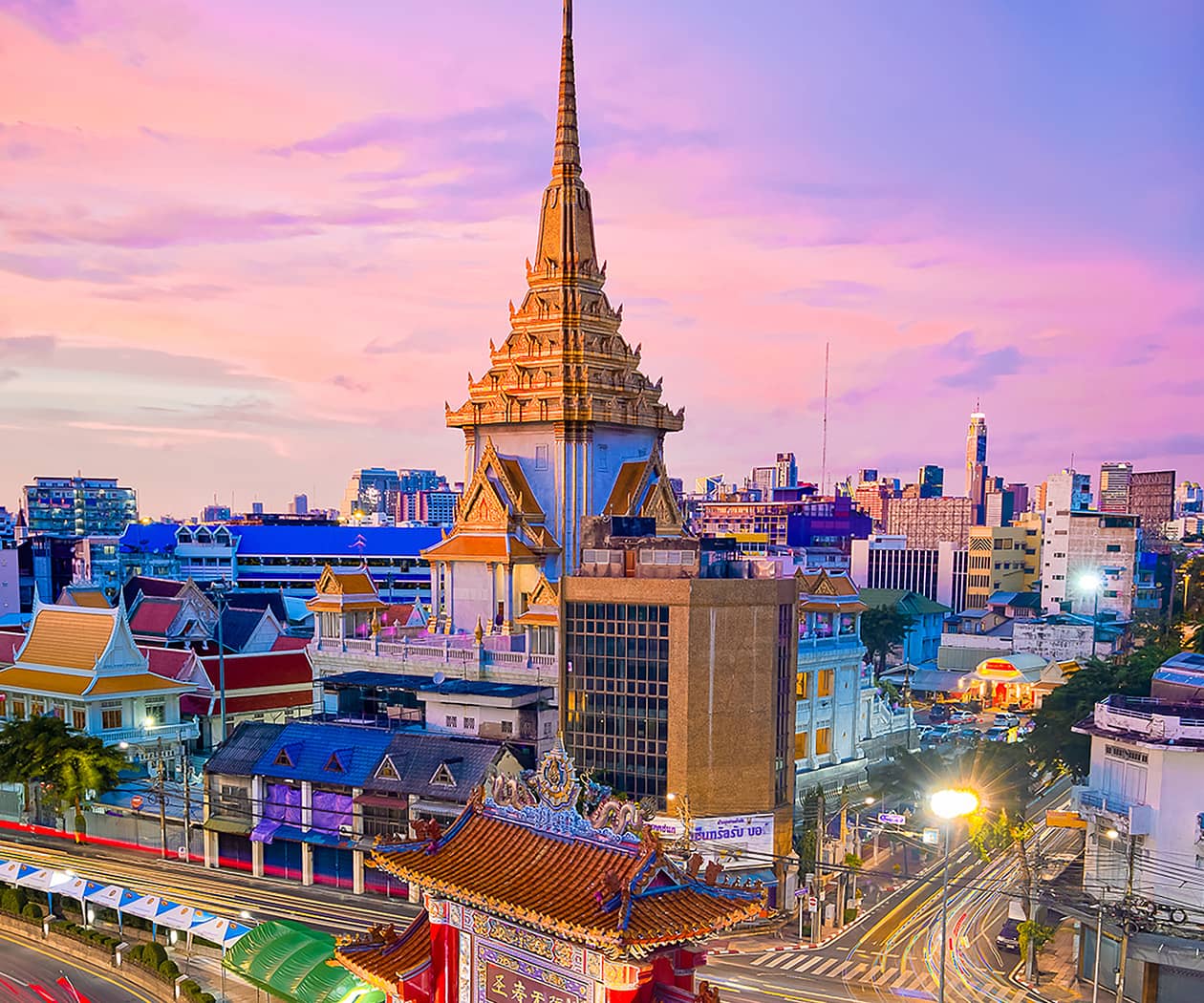Best Time of Year for Birdwatching Safaris in Uganda
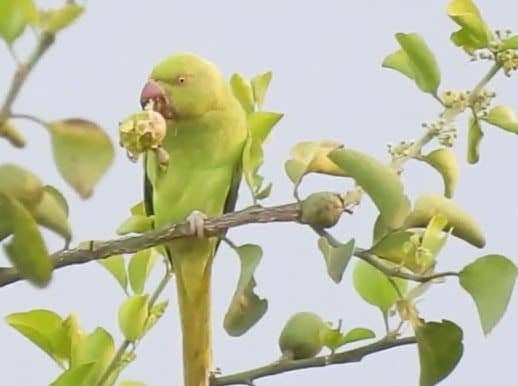
Uganda, the Pearl of Africa, is a year-round birding destination blessed with an incredible diversity of avian life. With over 1,080 species recorded, from the prehistoric Shoebill to the dazzling Albertine Rift endemics, every day offers potential for unforgettable sightings. However, if you’re looking to optimize your experience, you might be wondering: when is the absolute Best Time of Year for Birdwatching Safaris in Uganda?
The answer isn’t as simple as naming a single month. Uganda’s equatorial position means it doesn’t have the four traditional seasons, but rather distinct wet and dry periods that significantly influence bird behavior, accessibility, and the overall safari experience. This comprehensive guide will break down the pros and cons of each season to help you determine the Best Time of Year for Birdwatching Safaris in Uganda for your specific goals and preferences.
Understanding Uganda’s Seasons: It’s All About the Rains
Uganda experiences two primary dry seasons and two wet seasons. The timing can vary slightly across the country, but the general pattern is as follows:
-
Long Dry Season: June to August
-
Short Dry Season: December to February
-
Long Wet Season: March to May
-
Short Wet Season: September to November
Your choice of season will define your birding adventure. Let’s explore what each one offers.
1. The Dry Seasons (June-August & December-February): The Peak Safari Season
Why it’s a great time for birding:
This period is widely considered the classic Best Time of Year for Birdwatching Safaris in Uganda for several key reasons:
-
Accessibility: Roads within national parks are passable, even for 2WD vehicles in some areas, making it easier to reach prime birding spots.
-
Concentration of Wildlife: As water sources dwindle, birds and animals congregate around remaining rivers, lakes, and waterholes, making them much easier to find and observe.
-
Pleasant Weather: With minimal rainfall, you’ll enjoy sunny days, clear skies, and excellent conditions for photography.
-
Migratory Birds: The Northern Hemisphere winter (Dec-Feb) brings Palaearctic migrants like swifts, swallows, and raptors, adding to the species count.
What to expect:
This is the most popular time for tourists, so parks can be busier. While birds are easier to find near water, they may be less vocal and not in their vibrant breeding plumage. This is an excellent time for general safaris that combine big game viewing with birding.
Ideal for: First-time visitors, photographers, those who want to combine birding with classic game drives, and travelers who prefer reliable road conditions.
2. The Wet Seasons (March-May & September-November): The Birder’s Secret Season
Why it’s a fantastic (and underrated) time for birding:
Many expert birders will argue that the wet seasons are the true Best Time of Year for Birdwatching Safaris in Uganda for the dedicated enthusiast. Here’s why:
-
Breeding Season: This is when the forest comes alive with song. Birds are in full breeding plumage—their colors are at their most vibrant—and they are highly vocal as they defend territories and attract mates. This makes them easier to locate by ear.
-
Lower Tourist Numbers: With fewer visitors, you’ll often have the trails and viewing points to yourself, leading to a more peaceful and immersive experience.
-
Lush Landscapes: The rains transform the country into a lush, green paradise, making for stunningly beautiful scenery and excellent photography backdrops.
-
Food Abundance: An abundance of insects, fruit, and nectar means birds are highly active and feeding young.
What to expect:
Be prepared for heavy, albeit often short, afternoon downpours. Some roads, particularly in remote areas, may become challenging or impassable. Hiking trails can be muddy and slippery. The dense foliage can sometimes make spotting birds a little more challenging.
Ideal for: Serious birders focused on seeing birds in breeding plumage and hearing their calls, travelers who dislike crowds, and those who don’t mind a bit of adventure and rain.
Regional Considerations: It’s a Diverse Country
When determining the Best Time of Year for Birdwatching Safaris in Uganda, it’s crucial to consider your specific destinations:
-
Bwindi Impenetrable Forest: Rain is possible any time of year due to its high altitude. The wet seasons offer fantastic bird activity, but the dry seasons provide easier trekking conditions for gorilla tracking and birding.
-
Kidepo Valley National Park: The dry season is essential here, as the wet season can make the remote roads extremely difficult to navigate.
-
Mabamba Swamp: Accessible year-round for the Shoebill, but water levels will be higher in the wet season.
So, When is the Absolute Best Time?
The honest answer is that there is no single “best” time, it depends on you.
-
Choose the Dry Seasons (Jun-Aug, Dec-Feb) if: Your priority is easy travel, comfortable weather, and combining birding with general wildlife viewing.
-
Choose the Wet Seasons (Mar-May, Sep-Nov) if: You are a dedicated birder focused on photography of birds in breeding plumage, want to avoid crowds, and don’t mind the rain.
Ultimately, Uganda’s birdlife is spectacular every month of the year. Any time you visit, you will be rewarded with incredible sightings. The key is to be prepared for the conditions and to hire an expert local bird guide who can find your target species in any season.
By understanding these seasonal patterns, you can confidently plan your trip to coincide with the Best Time of Year for Birdwatching Safaris in Uganda for your dream avian adventure.
What type of birding experience are you looking for? Do you prefer the busy, dry seasons or the lush, quiet wet seasons? Share your thoughts in the comments below!

